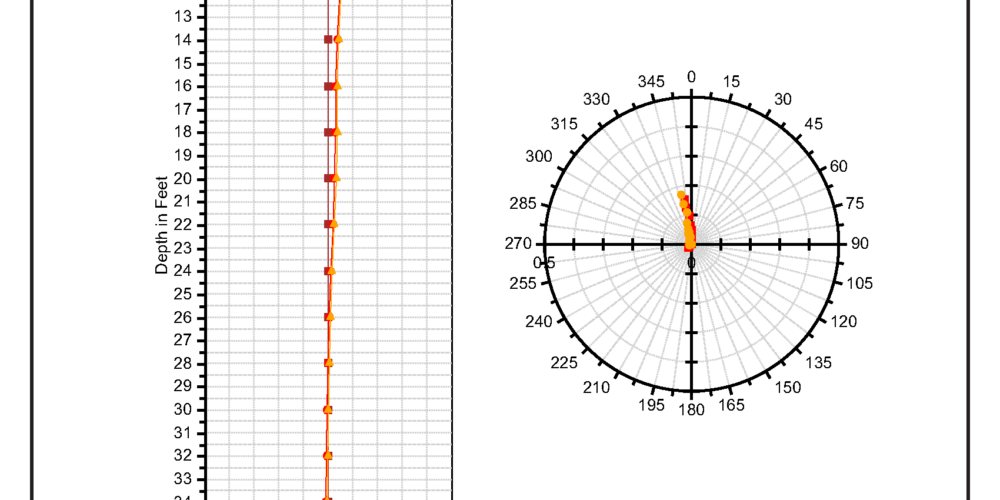In general, the combined effect of elastic, plastic, and viscosity parameters creates soils deformation. Thus, soils behavior becomes complex and hard to predict. Geotechnical engineers predict ground behavior using finite difference or finite element computer modeling. However, the complexity of the soil profile and loading conditions in some cases makes the performance of the soils far from the predictions. Geotechnical instrumentation fills the gap between prediction and performance. It helps prevent soil mass failure as well as damage to structures on the ground. Geotechnical Instrumentation, on the one hand, monitors structural and soils deformation, stresses on structural elements, and groundwater pressure and inflows. On the other hand, it provides construction control and performance monitoring for safe construction.
Where limited geotechnical instrumentation may be used for simple projects, it is crucial for the successful completion of critical and complex projects such as tunnels, slopes, deep excavations near sensitive structures, etc. In general, the process of applying geotechnical instrumentation to a project includes the following steps:
